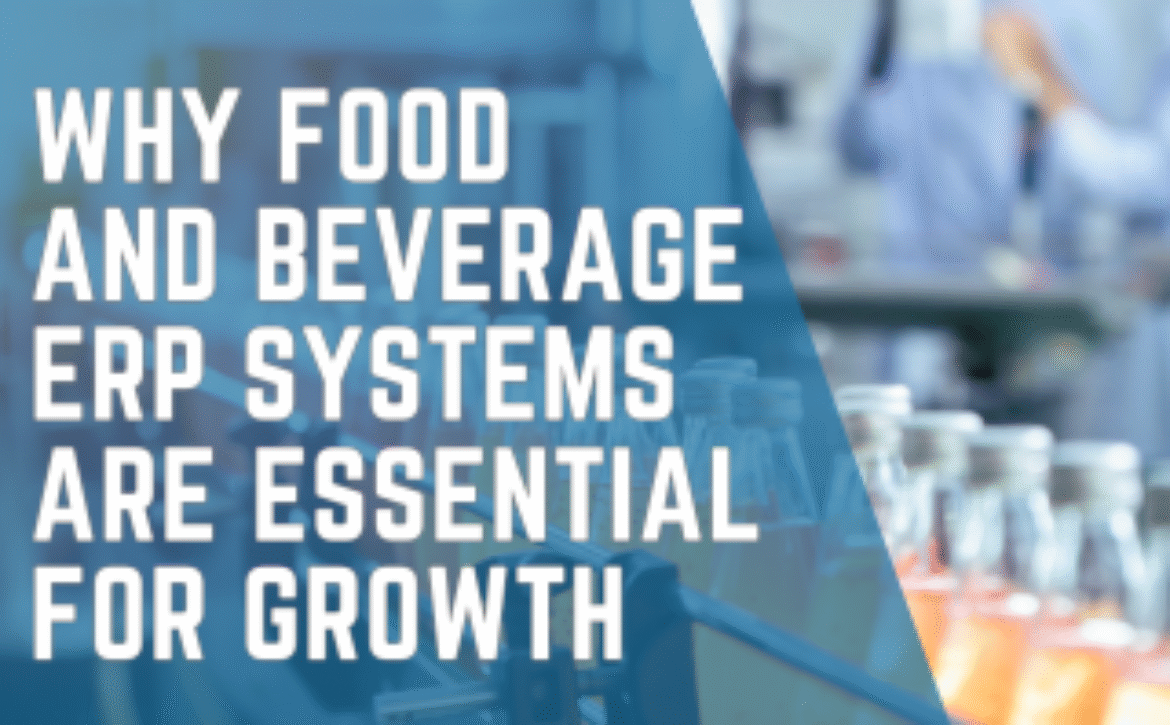ERP for Tech Companies: From Chasing Numbers to Seeing Them
If you’re running a growing tech firm, you know firsthand that managing finances with spreadsheets and disconnected systems quickly becomes a nightmare. That’s why ERP for tech companies is no longer a luxury; it’s essential. The right ERP system transforms your finance operations from frantic number-chasing to crystal-clear real-time visibility, thereby empowering smarter growth.
Why ERP for Tech Companies Is Critical as You Scale
Now, Spreadsheets and patchwork tools might work early on, but scaling tech companies face mounting challenges without centralized, automated finance systems:
-
Data silos that cause reporting errors and delays
-
Lengthy month-end close cycles that drain resources
-
Complex compliance demands like ASC 606 revenue recognition
-
Lack of real-time insight into key SaaS KPIs such as MRR and burn rate
-
Operational complexity from multi-entity management and subscription billing
For these reasons, ERP for tech companies steps in to automate processes, unify data, and deliver actionable insights.
Key ERP Features Tech Companies Need
Automated ASC 606 Revenue Recognition
Revenue recognition under ASC 606 is notoriously complex, especially for tech firms with subscription or usage-based billing models. Manual tracking often leads to errors and audit risks. Fortunately, both Sage Intacct and Acumatica automate revenue schedules, deferrals, and recognition, ensuring compliance while reducing the manual workload for your finance team.
Subscription Billing Flexibility
Tech companies use a variety of subscription models: tiered pricing, freemium upgrades, and usage-based charges. Managing these manually is a recipe for chaos. Luckily, ERP systems like Sage Intacct and Acumatica handle diverse billing scenarios seamlessly, automating invoicing and revenue tracking and improving cash flow accuracy.
Multi-Entity Consolidation Made Simple
As tech companies expand globally or acquire subsidiaries, consolidating financials across entities becomes a massive burden. ERP systems provide automated consolidation tools that cut down close times and deliver accurate, consolidated reports — all with a few clicks.
Sage Intacct: A Leader in ERP for Tech Companies
Sage Intacct is designed to meet the unique demands of tech companies by offering:
-
Automated revenue recognition that ensures ASC 606 compliance
-
Real-time dashboards with critical financial KPIs
-
Seamless multi-entity consolidation to support global operations
-
Subscription billing that reduces manual errors and speeds cash flow
-
AI-driven automation to free finance teams for strategic work
Moreover, built on a cloud-native platform, Sage Intacct enables tech finance teams to stay agile, informed, and compliant.
Acumatica: Flexible ERP for Tech Companies Growing Fast
Acumatica’s ERP platform offers:
-
Comprehensive financial management with integrated modules
-
Automated subscription and recurring billing for SaaS models
-
Scalable multi-entity support for complex corporate structures
-
Customizable, role based dashboards for finance leaders
-
Cloud-native flexibility supporting remote teams and rapid growth
Together, these features make Acumatica a top choice for tech companies needing adaptable and powerful ERP.
Eye Opening Stats on ERP Benefits for Tech Finance Teams
-
Finance teams spend up to 40% of their time on manual reconciliation and data entry.
-
Companies using ERP solutions report a 30% faster month-end close, freeing up teams to focus on strategy.
-
80% of SaaS CFOs say real-time financial visibility is critical to making timely, effective decisions.
Clearly, these numbers underscore the pressing need for ERP in fast-paced tech environments.
What ERP for Tech Companies Means for Your Business
Implementing an ERP system designed for tech companies brings transformative benefits:
-
Faster month-end closes with automated workflows
-
Reduced errors and audit risks with built-in compliance tools
-
Real-time financial visibility to track SaaS-specific metrics instantly
-
Simplified billing, revenue recognition, and consolidation processes
-
Empowered finance leaders are making data-driven decisions
By moving beyond spreadsheets, tech companies unlock the full potential of their financial data.
Best Practices for ERP Implementation in Tech Companies
Choosing the right ERP system is only half the battle; successful implementation is what unlocks true value. Therefor, here’s what tech companies should keep in mind:
Secure Executive Buy-In and Define Clear Goals
ERP projects require leadership support and well-defined objectives. Focus on key pain points like close speed, compliance, and reporting transparency.
Partner with Experts Who Know Tech
Work with consultants experienced in tech and SaaS finance to tailor ERP configurations that fit your unique needs and billing models.
Plan a Phased Rollout with Training
Avoid overwhelming your teams by rolling out ERP modules gradually and providing thorough training. Change management drives adoption.
Commit to Continuous Optimization
ERP is not “set and forget.” Regularly revisit workflows and dashboards to ensure your system grows with your company’s evolving demands.
Partner with IWI Consulting Group for ERP Success in Tech
Navigating ERP selection and implementation can be daunting, but you don’t have to do it alone. At IWI Consulting Group, we bring over 15 years of deep ERP expertise serving tech companies. As certified partners of Sage Intacct and Acumatica, we help you:
-
Design ERP solutions that fit your subscription billing and compliance needs
-
Integrate ERP seamlessly with your existing systems
-
Train your teams and support change management
-
Provide ongoing support to maximize ROI
Stop chasing numbers and start seeing them. Contact IWI Consulting Group today for a free ERP consultation and unlock your tech company’s full potential.

























